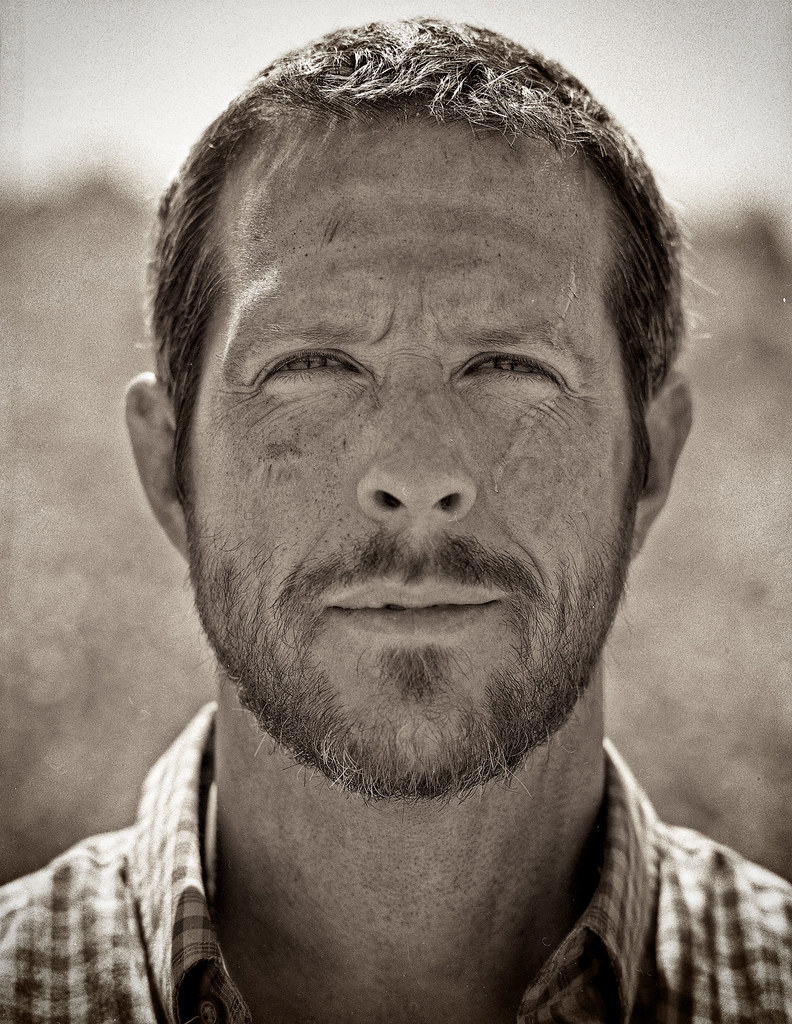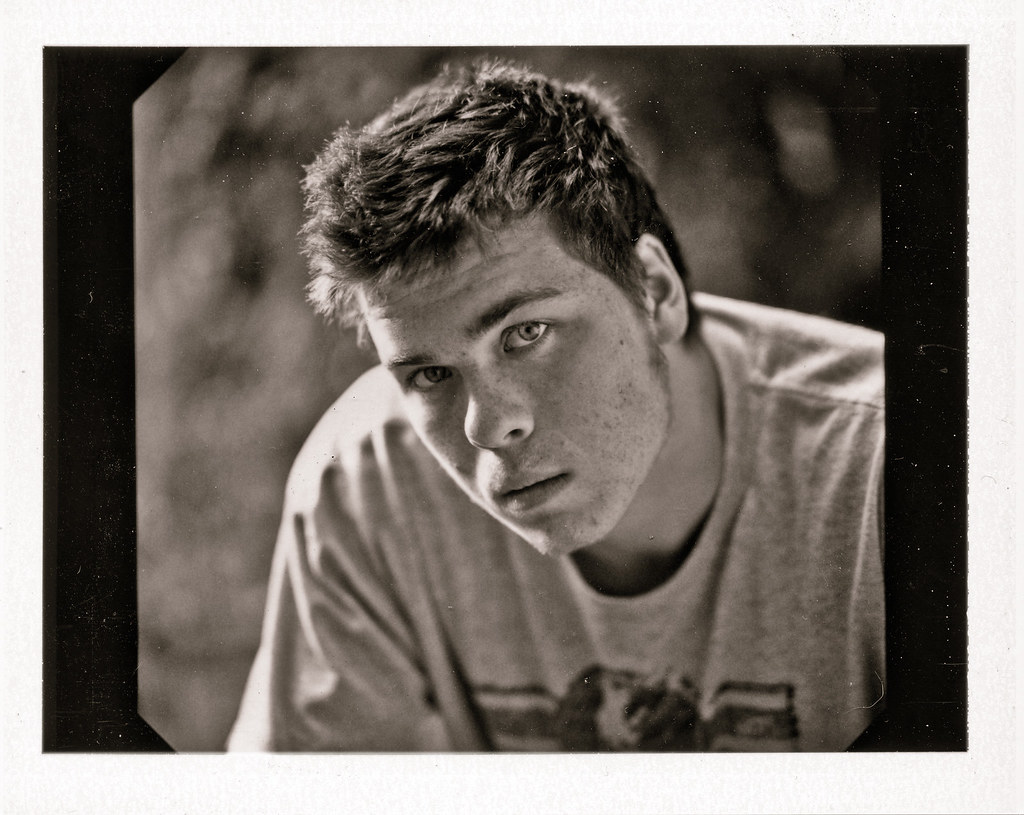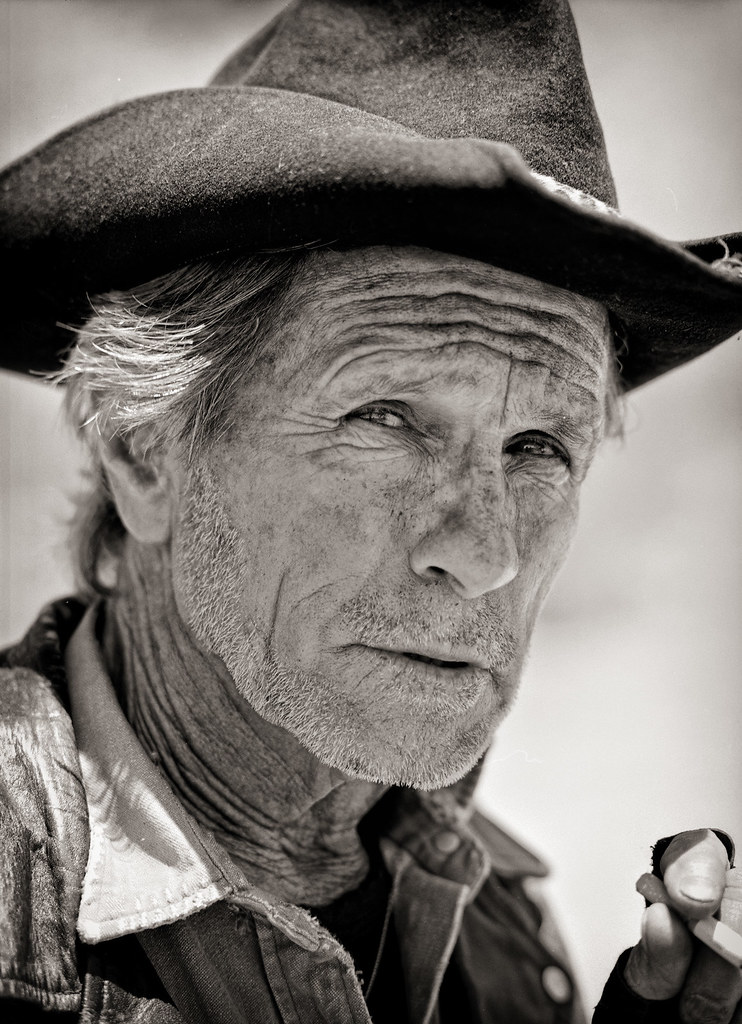A year ago I did comparison shots with my Contax 645 on Fuji Provia and on a Leaf Aptus-II 7 33 MP (48x36mm, 7.2um pixel width). The film was scanned with roughly 40 MP on a Hasselbald Imacon scanner (54x41.5mm, 8.2um "pixel" width).
Enclosed the result: The 40 MP scan is less detailed and more grainy than the 33 MP digital file.
For me digital is light years ahead of (diapositive) film: It's is sharper, no visible grain at reasonable low ISO sensitivities with MF backs, more headroom in the highlights as well as in underexposed areas.
In the meantime I use a P65+ 60 MP back that resolves a file quality which is IMO totally impossible to get with 645 film.
Digital has worked wonders as far as squeezing resolution and fidelity out of small formats like 24x36 and 645 MF sensors, but they do not match the many aesthetics of film.
Also the negative process is more advanced than slide film due to the collective efforts of feature film stock development an stills negative stocks.
Then their is the issue of black and white. While digital has brought some really nice tools to black and white.. such as shooting color and using the color information in post
to do all sorts of useful things such as selective color filtering the black and white conversion.
Personally I find that even the very best digital is not a replacement for larger formats than 645. IMHO The 6x8 Fuji camera that I use is unmatched by any MF digital SLR
or 35mm SLR for the certain look it produces RIGHT OUT OF THE CAMERA.
Even beaten up processing and small polaroids from the Fuji gx680 produce a special look
Here are a couple of examples of "beaten up stuff" from the GX680


Polaroid:

These three are form a technical IQ measurment standpoint absolute crap, but visually I love them.
Here is the same day as the first two, same exposure, but more technically standard developing.

With that said I would not consider a Fuji GX680 a replacement for MFD or a D800 in many applications.
For MFD download these sample images by Peter Eastway:
http://www.phaseone.com/en/Downloads/Sample-Images/Sample-images.aspxThere is an absolutely devine portrait of a young girl in those files. Simple lighting and natural skin.
I would post it here, but there is a copyright note that would not allow me to do it. Maybe Someone from Phase can post it here
Going back the the guy that opened this thread... He said he was getting better results with MF film than with a 35mm DSLR. Many 35mm DSLRs can achieve higher resolution than
645 film. However what he may be liking more from his MF film work is the aesthetics of film. There is a lot to photography that has little to do with HiFi reproduction of reality.